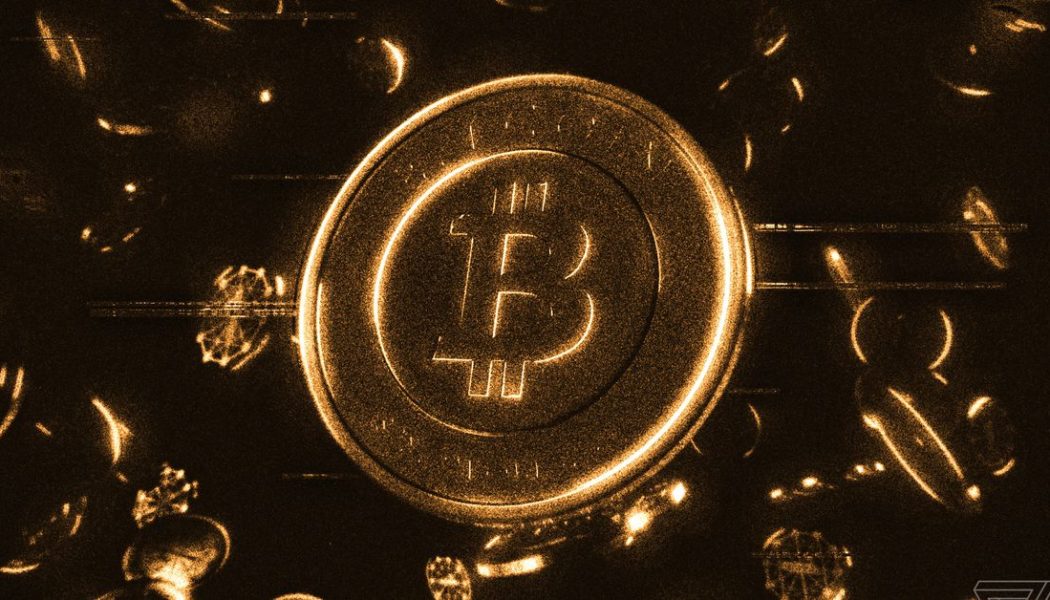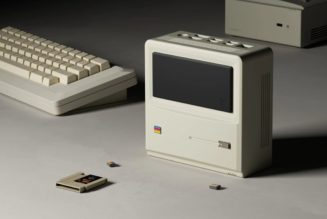
A jury has ruled that Craig Wright, a man who claims to have invented Bitcoin, won’t have to give up half of his supposed stash of crypto — a stash valued at over $50 billion. The court case has generated a lot of buzz in the Bitcoin community because he would have had to transfer those Bitcoins if the court had ordered him to, and that’s something only the real Satoshi can do.
If the name Satoshi Nakamoto rings a bell, it’s because that name shows up on the original whitepaper that described how Bitcoin would work. While Satoshi is a hallowed name in Bitcoin lore (it’s also used as a way to denominate the smallest unit of the currency), Nakamoto’s identity has never been proven — we don’t even know if it was one person or a group of people. While Wright has often repeated the claim that he’s Satoshi, many experts agree that he hasn’t provided any evidence to prove it.
Proving whether a pseudonymous currency belongs to a pseudonymous person is… difficult, to say the least, but someone amassed a stash estimated at somewhere between 750K and 1.1 million Bitcoin early on, and it’s thought that only the inventor of Bitcoin could have done such a thing. The coins were some of the first mined on the Bitcoin blockchain when it was first invented, back when mining could be done on a home computer rather than using specialized equipment.
It’s these Bitcoin that were at the heart of the case, which started in 2018 when Wright was sued by a deceased former colleague’s relatives. Those relatives actually agreed that Wright was involved in the creation of Bitcoin but claimed Wright wasn’t the only one — arguing that a man named Dave Kleiman helped Wright invent the cryptocurrency and that the estate was therefore entitled to half of the Satoshi stash.
The court case garnered so much attention because, again, much of the Bitcoin community feels absolutely certain that Wright didn’t create the cryptocurrency — and there was the tantalizing possibility that the court might make Wright actually prove that he owned the coins during the trial or that he’d have to cash them (and similarly prove ownership) if he was ordered by the state to pay out half of them to Kleiman’s family.
While the trial was an absolute rollercoaster — the judge more or less called Wright a liar and accused him of trying to use forged documents as evidence — we didn’t get any moments where Wright was asked to prove without a doubt that he was Nakamoto. Wright claims the trial proved he invented Bitcoin, but as Bloomberg writes, the “yearslong litigation in Florida has done little to quiet the skeptics.”
According to The Block, the jury wasn’t asked to determine whether Wright was actually Nakamoto. Instead, its job was to determine whether Wright and Kleiman had a business relationship that would entitle the Kleiman estate to any fortune Wright may have made if he actually did invent Bitcoin.
The story isn’t quite over yet, though — Wright’s been ordered by the jury to pay $100 million to W&K Info Defense Research, a company Wright started with Kleiman (the jury says he breached the LLC’s intellectual property rights). Coming up with $100 million is no small task, so if we see a stack of Bitcoin (in the neighborhood of 2,000 coins at today’s rates) move from the addresses widely attributed to Nakamoto, it could prove what the courts didn’t. Craig has also reportedly said that he’ll donate most of his Bitcoin fortune to charity now that he’s won.
While many in the crypto community wouldn’t bet even a single Satoshi on that happening, it’s almost impossible to imagine what would happen to the price of Bitcoin if it did. In May 2020, someone moved 50 of the 2009-vintage Bitcoin that Wright claimed were his, subsequently causing a minor market meltdown that knocked almost $6.5 billion off the BTC market cap. Those coins probably weren’t even Satoshi’s, and yet, their transfer had that much of an effect — imagine if some of the 1.1 million BTC stash started moving or, worse, being sold en masse. Whether it went up or down, watching the stock ticker would be bananas.








